Maersk and Hapag-Lloyd Navigate Trade War Turbulence Amid Transpacific Shipping Shifts
As geopolitical tensions continue to ripple through global trade routes, shipping giants A.P. Møller–Mærsk A/S $MAERSK-B.CO and Hapag-Lloyd AG $HLAG.DE are taking contrasting approaches to navigating the ongoing U.S.–China trade dispute. While Maersk has opted to maintain its scheduled transpacific services despite economic headwinds, Hapag-Lloyd is reporting a significant drop in demand tied directly to client apprehension over rising U.S. tariffs.
Strategic Resilience on the High Seas
Maersk, one of the world's largest container shipping companies, reaffirmed on Tuesday that it is upholding all planned transpacific sailings. However, in a bid to optimize capacity and manage costs, the company has reduced the number of vessels in operation. This tactical fleet downsizing allows Maersk to remain agile in a market increasingly shaped by policy uncertainty and fluctuating demand.
By contrast, Hapag-Lloyd is already feeling the commercial impact of the trade conflict. The German carrier recently disclosed that approximately 30% of its bookings for U.S.-bound shipments from China were canceled. This pullback highlights the nervousness among clients regarding tariff escalations and the broader volatility in global trade policy.
Market Signals from the Shipping Frontline
Maintaining Presence, Trimming Costs Maersk’s strategy to reduce ship count while preserving service frequency signals confidence in long-term trade flows but caution regarding short-term overcapacity.
Demand Shock in Motion Hapag-Lloyd’s 30% cancellation figure underscores how quickly sentiment can shift in response to tariff threats, impacting logistics planning and inventory cycles.
Ripple Effect of Tariff Anxiety The fear of escalating costs is prompting many importers to either frontload shipments or halt orders altogether — a pattern seen during previous trade flare-ups.
Trade Route Realignments Possible If uncertainty persists, both carriers may reallocate capacity to alternative trade lanes or increase intra-Asia and Europe-focused routes.
Pressure on Spot Rates and Margins Volatility in booking volumes could lead to further instability in container freight rates, affecting profitability across the sector.
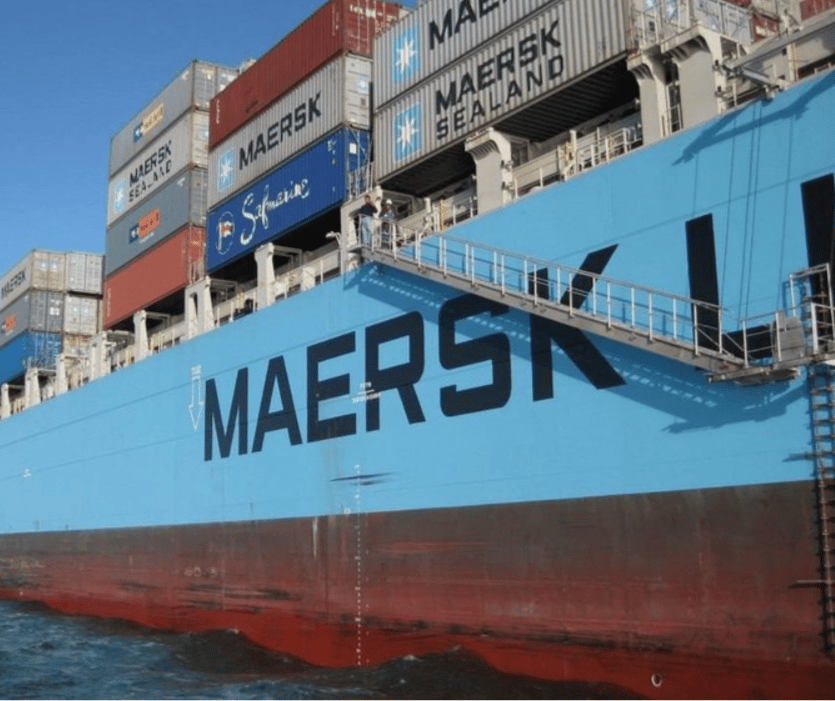
Supply Chain Shifts on the Radar
Reduced lead times as businesses delay or cancel shipments amid unclear tariff rules
Inventory reshuffling, with firms stockpiling goods or seeking suppliers outside of China
Increased intermodal integration as logistics providers aim to offset seaborne unpredictability
Strained warehousing capacity in U.S. ports due to sporadic cargo influxes
Elevated insurance and operational costs amid re-routings and scheduling disruptions
Looking Ahead: Trade and Transport Intersections
The diverging responses from Maersk and Hapag-Lloyd reflect a broader trend in the global shipping industry — balancing operational continuity with responsive adjustments to a changing geopolitical environment. While Maersk’s decision to hold course demonstrates a long-term view on the transpacific trade corridor, Hapag-Lloyd’s booking slump is a cautionary signal of real-time stress within supply chains.
Continued volatility in U.S.–China relations is likely to shape capacity planning, port congestion patterns, and contract negotiations well into the next fiscal cycle. The shipping industry’s ability to adapt will play a pivotal role in cushioning the global economy against potential trade shocks.


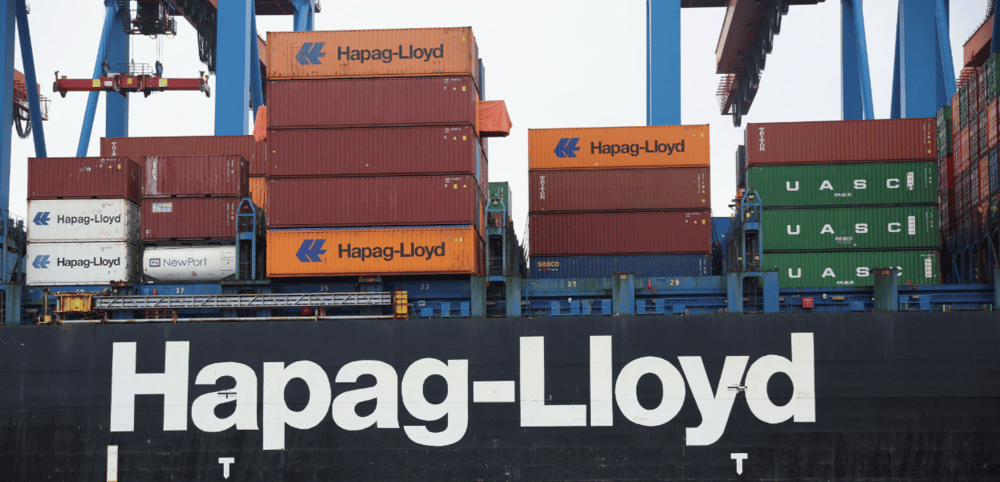

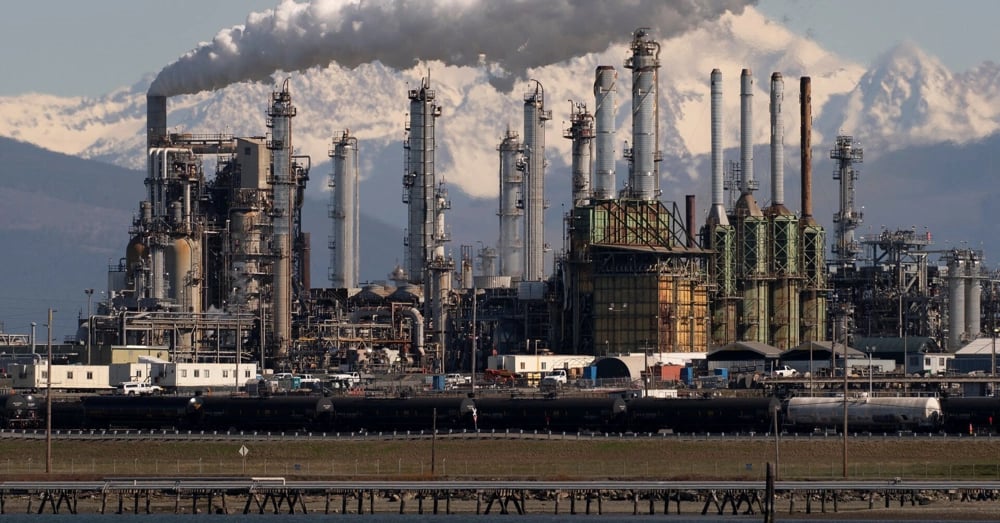




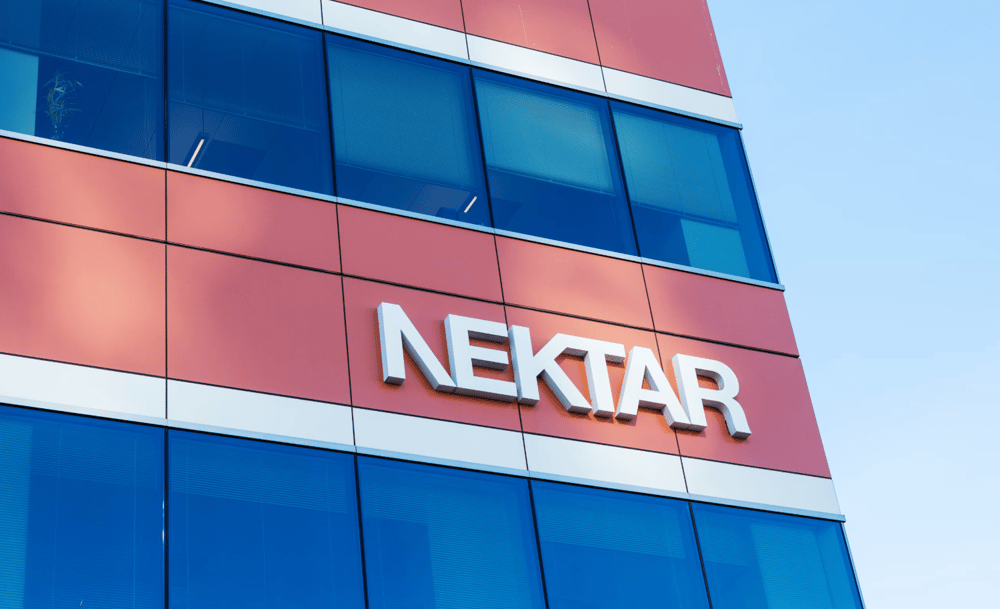

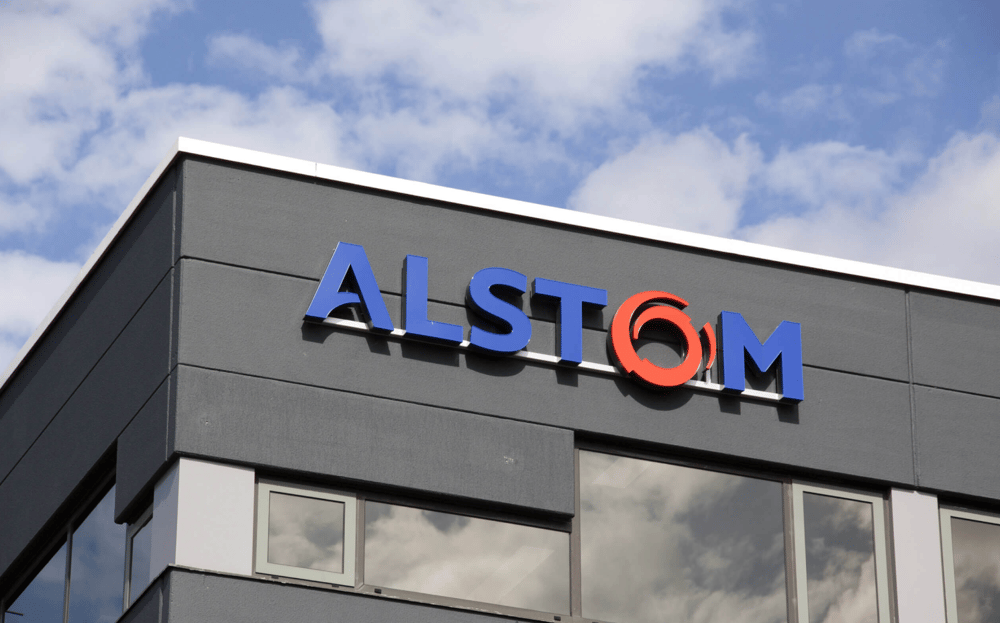
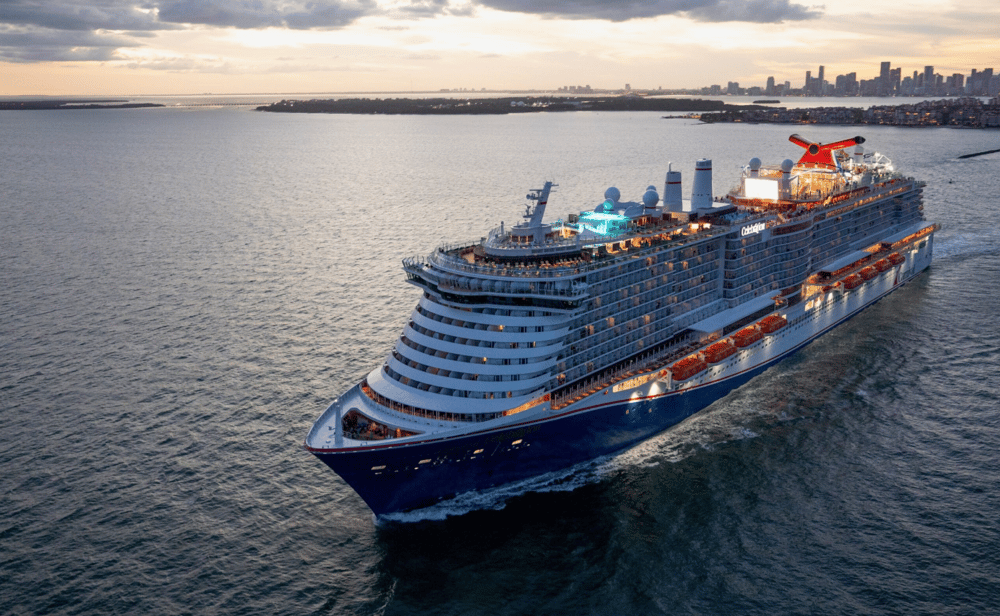


Comments
This strategic move has the potential to reshape the trajectory of automation in our increasingly digital world